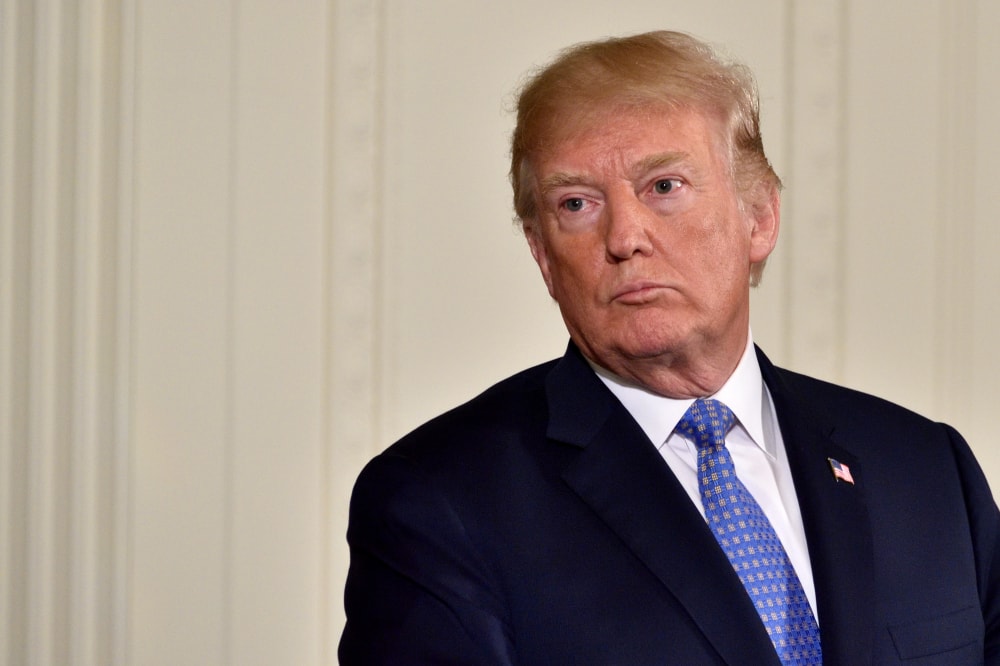For all its flaws, the USMCA trade deal would at least bring certainty
It’s been a rough few years for international trade relations, and perhaps no foreign policy issue has been more unfairly maligned by politicians of both parties than the North American Free Trade Agreement. With the White House making a full-court press for congressional passage of its successor, the awkwardly named United States-Mexico-Canada Agreement, there may be light at the end of the tunnel for those worried about the future of North American commercial relations.
First, it is worth dispelling much of the ill-informed and ill-intentioned rhetoric about NAFTA.
Left unsaid by the agency are the strategic benefits that accrued to the United States by further integrating Mexico into the North American economy. Before NAFTA, Mexico was prone to economic nationalism and was friendly with socialist governments that plague the region. NAFTA changed that dynamic.
Despite the obvious successes of NAFTA, it remains a deal that was negotiated and implemented 25 years ago. The nature of commerce has changed dramatically over this span, but the agreement has not. To the administration’s credit, they have made certain sensible changes to the agreement as part of the USMCA update, particularly with respect to digital trade. Likewise, the so-called NAFTA 2.0 deal maintains duty-free treatment for most traded products.
In its analysis of the USMCA, the trade commission found that by year six, the agreement would add more than 175,000 jobs and $68 billion of GDP to the U.S. economy. This is welcome news to the Trump administration, as it comes on the heels of an analysis by economists at the International Monetary Fund finding the USMCA would not change GDP at all. Perhaps more importantly than the data from competing analyses, USMCA would provide certainty to a relationship that has been battered by the president’s bellicose threats of withdrawal and “national security tariffs” on Canadian and Mexican steel and aluminum.
To be sure, the administration made several policy mistakes in USMCA negotiations, including insisting on a sunset provision and stricter rules of origin for automobiles that will raise costs for consumers and lead to less manufacturing in the United States. But these are minor compared to the administration’s decision to jettison the Trans-Pacific Partnership, a promising trade pact with Pacific Rim nations.
The pact would have obviated the need to renegotiate NAFTA, as both Mexico and Canada are signatories. Now that the pact has moved forward without the United States, American exporters are facing higher barriers than our competitors. A recent story in the Los Angeles Times highlighted one example of the barriers American producers are now facing in Asia: “Australian wine entering Japan is taxed at 5.6 percent and will eventually drop to zero. There’s no duty at all for wine from the EU and Chile. But for California, it’s 15 percent.”
Despite some positive changes, USMCA faces an uncertain fate in Congress. Speaker of the House Nancy Pelosi, D-Calif., has indicated that certain changes to the agreement are necessary before it will receive a vote on the House floor. Specifically, Democrats seek to strengthen the agreement’s labor enforcement provisions.
Meanwhile, Senate Finance Committee Chairman Chuck Grassley, R-Iowa, recently wrote in the Wall Street Journal that: “If the [steel and aluminum] tariffs aren’t lifted, USMCA is dead. There is no appetite in Congress to debate USMCA with these tariffs in place.” Grassley subsequently told reporters, “[The president] has gotta figure out, does he want USMCA or does he want tariffs. You can’t have both.”
Though there’s been much hand-wringing and little action to reverse the president’s ill-advised tariffs, Grassley’s hardball tactics are a welcome change.
In order to grease the skids for passage of the USMCA, the administration should heed these bipartisan warnings from congressional leaders. Free traders may scoff at enhanced labor enforcement, but this is a small price to pay to secure the future of North American commerce.
Businesses thrive in a stable and predictable climate. The last few years have seen one unforced error after another. Policymakers can finally provide some certainty to trade relations in North America.
Image credit: GrAl









